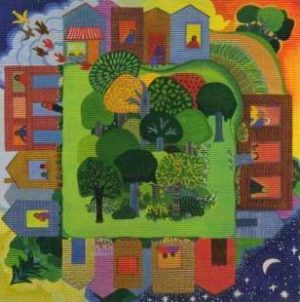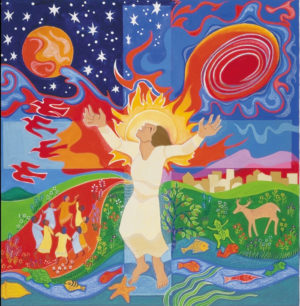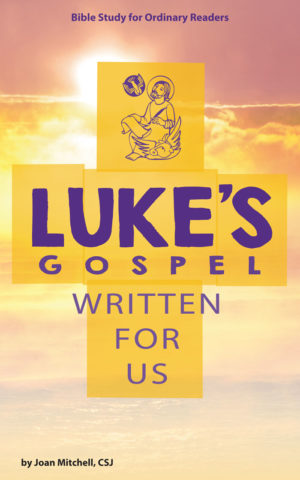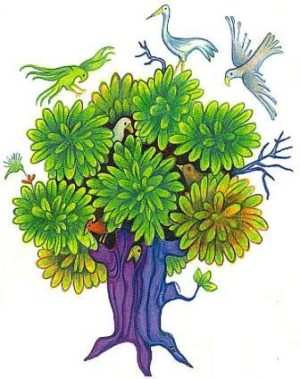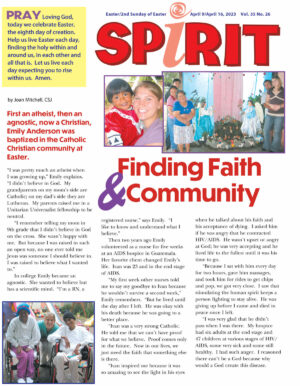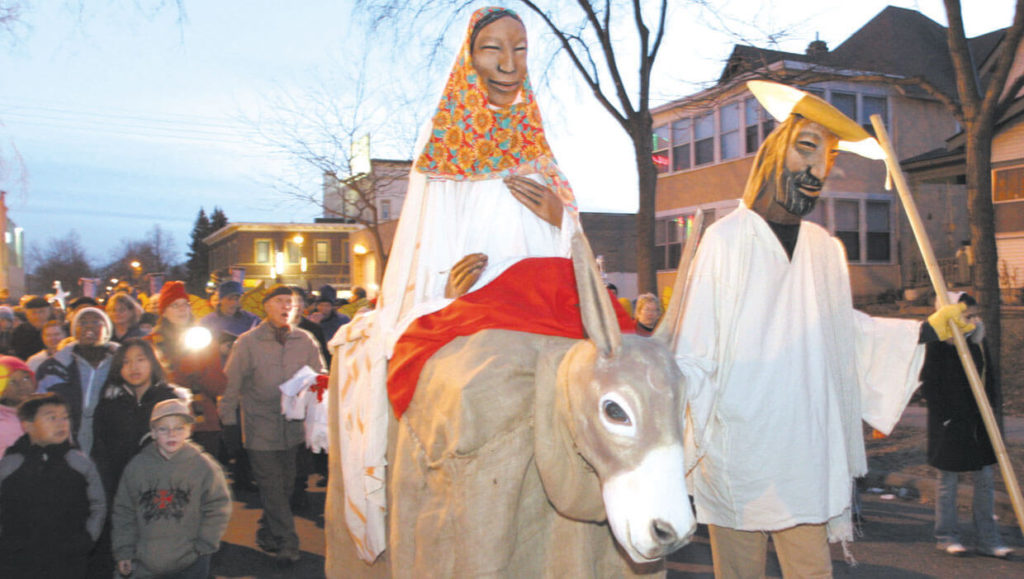
Putting the baby Jesus in his crib on their mantel has become a family tradition for Laura Holt’s family. The baby Jesus the priest gives the twins comes from a manger scene or crèche. During the Christmas season most parishes have the tradition of setting up a manager scene to help people remember the story of Jesus’ birth. The crèche is a tradition St. Francis of Assisi started back in the 1400s as a way for illiterate people to learn the Christmas story.
In Central and South America the conquering Spanish brought both armies and disease in the 1500s that caused 90% of the native peoples to die. With the Spanish came missionaries that preached the gospels to surviving people such as Juan Diego, on whose tilma we see the image of the holy woman he encounters on a hill where Mexico City is today.
Our Lady of Guadalupe promises to hear the prayers of poor and nearly destroyed Indian peoples like Juan. The tradition of enacting the story of Juan meeting the Lady takes place in Hispanic parishes every December 12.
Rituals form around actions, symbols, and stories that are so sacred and so important people want to repeat them and take strength and meaning from them. However, many Christians may grow up taking part in rituals whose full meaning they don’t understand. As Kate Maruyama does, they may participate with their families in rituals without knowing the stories that give rituals meaning.

The tradition of La Posada comes out of Hispanic culture, which understands God walking with them and strengthening them in their struggles. La Posada takes place before Christmas. Two people dress up as Mary and Joseph. Then many people walk with Mary and Joseph from house to house, looking for a place to stay. They get turned away from several houses until at a preplanned house, a family takes them in and serves refreshments to all the people who come with them.
La Posada celebrates God’s presence in a poor young pregnant girl. Among people who try to immigrate over U.S. borders to find a better life, who want to migrate out of poverty, this tradition celebrates God coming to dwell among those for whom the world doesn’t want to make room.
The eucharist is a tradition that begins with Jesus at his last supper with his friends. He tells them to bless, break, and share bread to remember his love for them. Jesus tells his friends to bless and share a cup of wine to remember his love poured out for them.
Through the centuries Christians have gathered to do as Jesus asked. In every eucharist Christians become what they celebrate; they receive the Body of Christ and become the Body of Christ. The sacramental traditions of the Catholic Church continue to remember and celebrate Jesus’ healing, forgiving actions among us.
New traditions arise. The pope usually kisses the ground when he arrives in a new country. Families join walks for breast cancer on Mother’s Day or other walks for good causes. It’s the stories behind the traditions that give them meaning.

